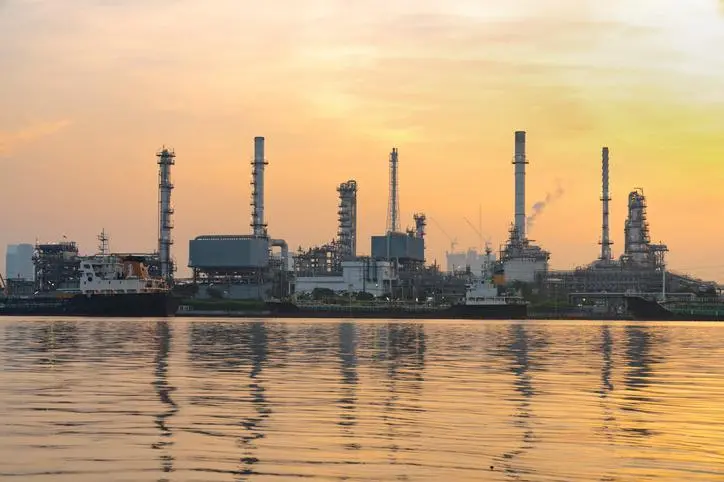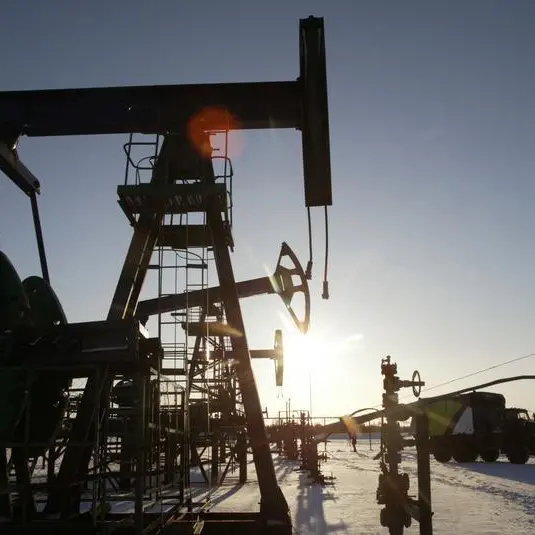PHOTO
The price of crude oil is not expected to reach $100 a barrel this year due to factors such as a lower possibility of Opec+ implementing deeper supply cuts and China’s record-high crude oil stocks, oil market pundits say.
While Brent crude, which serves as the benchmark for two-thirds of the world’s oil, has experienced a more than 5.0 per cent increase in the past month, analysts at Goldman Sachs attribute that to additional output reductions by Opec+ members and concerns about aggressive interest rate hikes by central banks being eased by cooling inflation in major economies.
The leading global investment bank believes that the market will shift into a deficit in the second half of the year, and as a result, prices could potentially move towards $86 a barrel. The bank asserts that a significantly larger deficit of 3.3 million barrels per day would be necessary to drive crude prices back to the three-figure range. As such, Goldman Sachs believes it is unlikely that Opec+ will cut production in order to raise prices to such levels.
UAE Energy Minister Suhail Al Mazrouei said recently that current actions by Opec+ are sufficient to support the oil market for now, and the group is “only a phone call away” if any further steps are needed.
Opec+, which includes allies led by Russia, pumps around 40 per cent of the world’s crude. The group has been limiting supply since late 2022 to bolster the market.
JPMorgan recently cut its oil price forecasts for this year and 2024 as it sees the global supply growth offsetting a record rise in demand, while inventory build-up lowers the risk of price spikes. The Wall Street bank revised its average Brent price forecast for 2023 to $81 per barrel from $90 earlier, and for West Texas Intermediate (WTI) to $76 a barrel from $84 previously, according to news agency Reuters.
PMorgan oil market experts also lowered its 2024 price forecasts for Brent to $83 per barrel from $98, and for WTI to $79 a barrel from $94 earlier. Brent futures were trading around $75 a barrel on June 14, while US WTI crude was around $70 per barrel.
The US bank now sees global oil supply growing by 2.2 million barrels per day (bpd) in 2023, surpassing projected demand growth of 1.6 million bpd. “It is becoming increasingly clear that high oil prices over the past two years did exactly what they are supposed to do — incentivize supply,” JPMorgan said in a note. The world could consume a record-setting 101.4 million bpd of oil this year, led by unprecedented demand in China, India, and the Middle East, it added.
Goldman Sachs report also highlights the potential impact of US shale companies ramping up their output. As these companies have experienced a decrease in production costs, any potential cuts made by the alliance of 23 oil-producing countries could be undermined.
In early June, Saudi Arabia, the world’s largest crude exporter, announced that it would extend its voluntary output cut of one million barrels per day until August. Russia also plans to reduce its oil supplies by 500,000 barrels per day in August, in addition to the previously announced output reductions.
The Opec+ group has implemented total production curbs of 3.66 million barrels per day, which accounts for approximately 3.7 per cent of global demand. These include a two million barrel per day reduction agreed upon last year and voluntary cuts of 1.66 million barrels per day announced in April.
Goldman Sachs points out that there is an increased awareness of the effects of high oil prices, with the energy crisis experienced last year leading to radical policies aimed at achieving net-zero emissions.
Last week, oil prices were up, with both WTI and Brent on course for a fourth consecutive weekly gain. The week closes with WTI up by 0.91 per cent at $76.34 while Brent was trading at $80.34, an increase of 0.88 per cent.
In March 2022, Brent crude reached nearly $140 a barrel due to fears of global energy shortages triggered by Russia’s invasion of Ukraine.
China, the world’s second-largest economy and top crude importer, is expected to play a significant role in crude oil demand this year. While China’s economy rebounded after the lifting of Covid-19 restrictions earlier this year, it experienced a slowdown in May, with weaker retail sales, manufacturing output, and a slowdown in the property sector.
Although China’s macroeconomic performance could improve, Goldman Sachs highlights that the country’s crude oil inventories are nearing record highs. Thus, if demand outperforms expectations, these inventories are likely to be drawn down substantially.
Analysts said China’s pledge to boost its economy has improved sentiment in oil markets while fundamentals look increasingly bullish.
While the economic data from China and the US remain mixed, the fundamentals are increasingly pointing to a tighter oil market this summer.
Russian crude oil exports have shown signs of decline for a second consecutive week and are estimated to have sunk to a six-month low in the four weeks to July 16. Russia is preparing to cut 500,000 bpd off its oil exports in August, and shipping plans so far suggest that Russia could deliver on at least part of its pledge to reduce oil exports next month.
Saudi Arabia’s crude oil exports have also started to decline, to below 7.0 million bpd in May, for the first time in many months. Crude shipments out of the world’s top exporter could further decline as Saudi Arabia is now cutting its production by 1.0 million bpd in July and August.
Copyright © 2022 Khaleej Times. All Rights Reserved. Provided by SyndiGate Media Inc. (Syndigate.info).





















